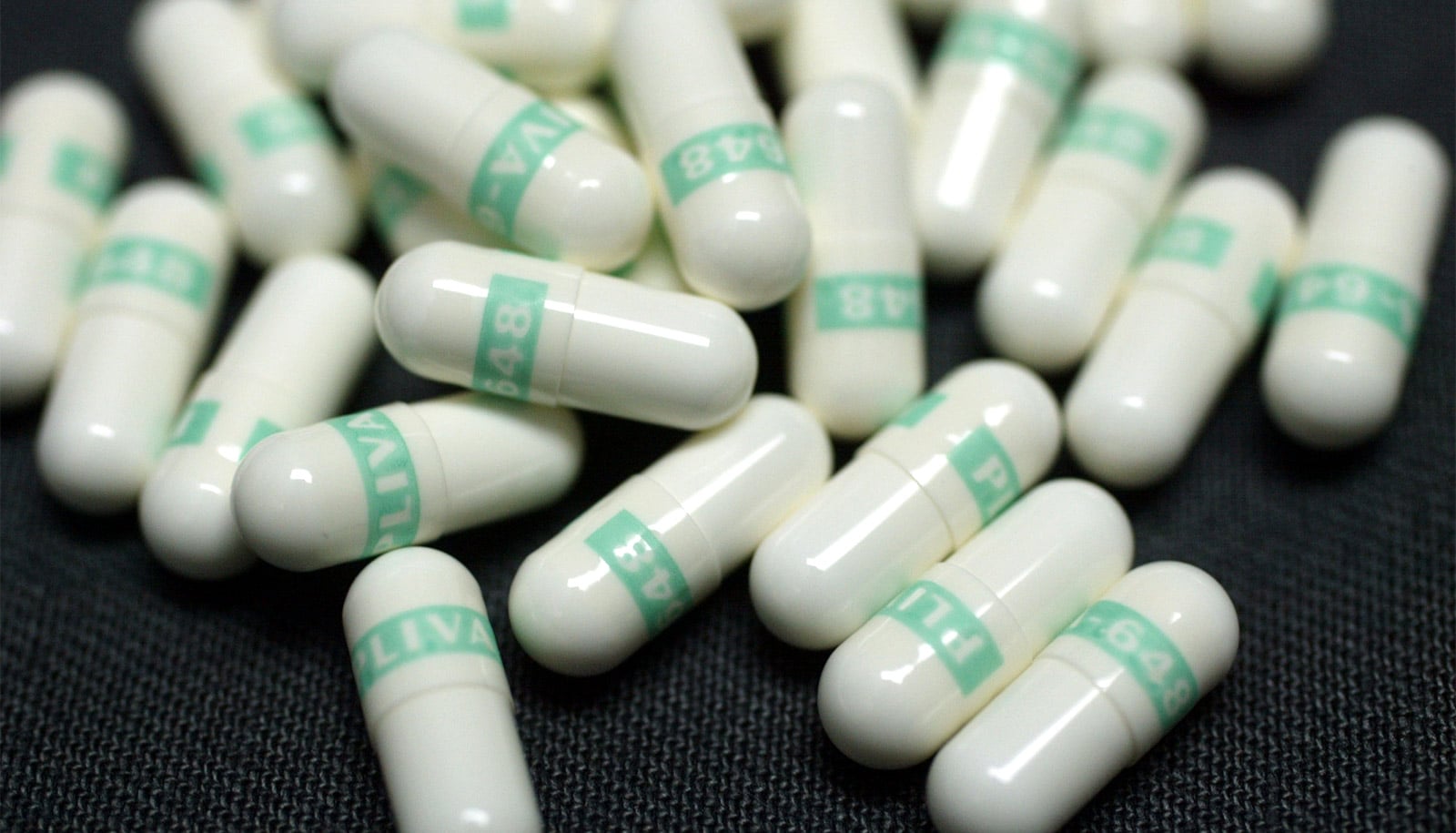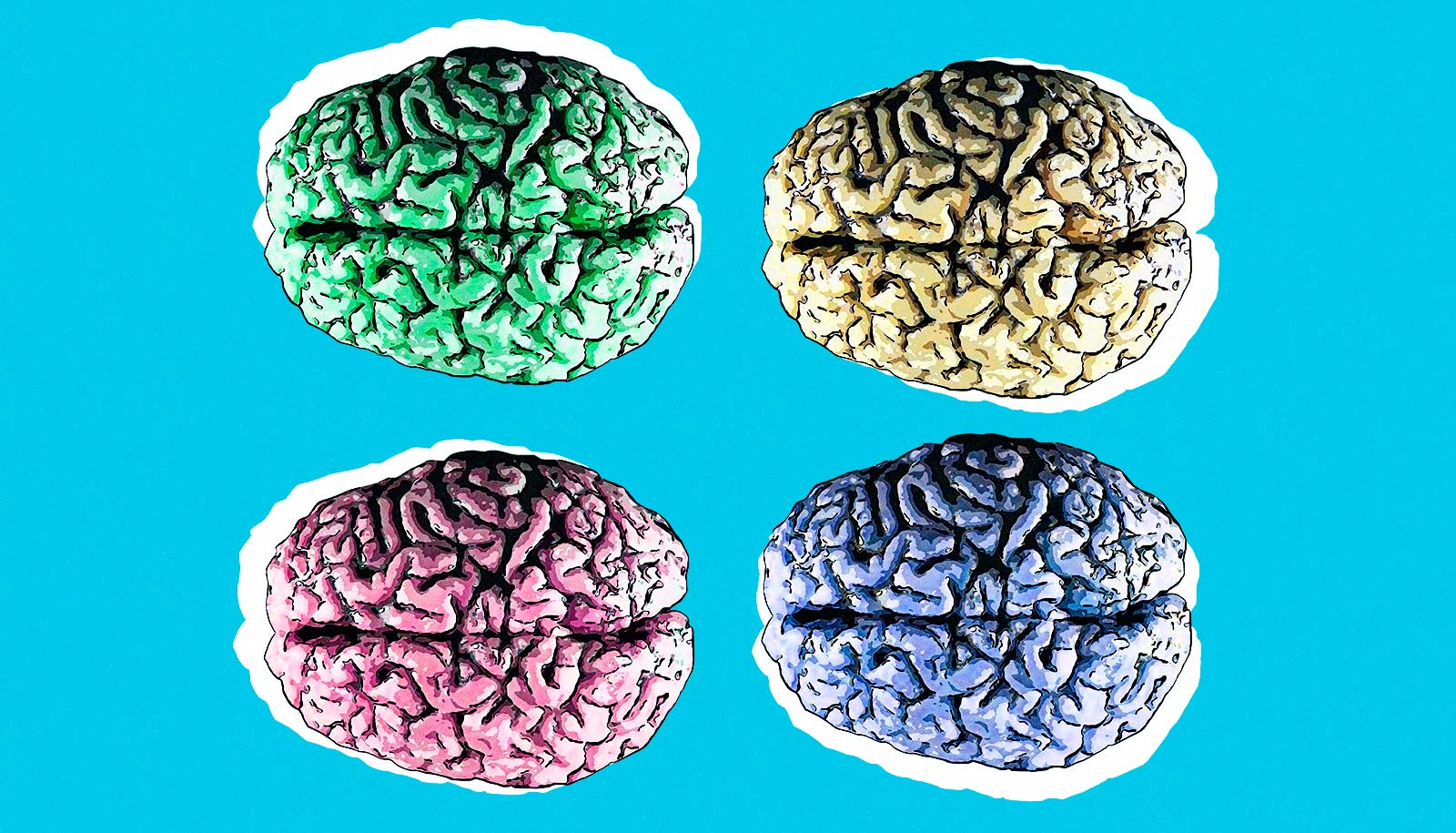A common antidepressant, fluoxetine (commonly known as Prozac), appears to target glioblastoma, at least in laboratory mice, according to a new study.
Glioblastoma a difficult to treat, often deadly, brain cancer.
Stanford University pathologist Paul Mischel, who has spent years studying glioblastoma, and postdoctoral scholar Junfeng Bi, made the surprising discovery of the Prozac and glioblastoma link.
Further, real-world data from electronic medical records suggests that glioblastoma patients prescribed Prozac along with the standard treatment for the disease survived longer.
The results appear in Cell Reports. Although much more research needs to be completed to learn if the drug works similarly in people, the possibility is tantalizing.
“Glioblastoma is a terrible cancer,” Mischel says. “It’s the most common malignant brain cancer in adults, but we don’t have any way to detect it early, and treatments are often ineffective.”
The challenge of fighting brain cancer
The brain’s unique make up is part of what makes these cancers difficult to treat. It’s sequestered from the rest of the body by the blood-brain barrier, which protects precious nerve cells from potential bad agents circulating in the blood stream.
“Patients who had received Prozac, along with the standard of care for glioblastomas, lived much longer than the control group.”
But this barrier also prohibits the entry of many medications—another hurdle to overcome when designing drugs to target brain cancers. Finally, glioblastomas are known to have many copies of cancer-associated genes, including one called the epidermal growth factor receptor, or EGFR.
“In most cancers, EGFR is mutated to become more active, but in glioblastomas the EGFR gene is instead amplified many times,” Mischel says. “But previous work in my lab showed that targeting these amplifications directly wasn’t successful.”
Mischel and Bi knew that the balance of cholesterol and a class of fats called lipids is often severely disrupted in glioblastoma cells. They also knew that these lipids are important in EGFR signaling. After a series of deductions, they homed in on a lipid called sphingolipid as potentially important in glioblastoma growth and survival.
They found that people with glioblastomas whose cancers made high levels of an enzyme involved in sphingolipid metabolism called SMPD1 had significantly shorter lifespans than patients whose cancers expressed lower levels of the enzyme.
Glioblastoma tumors ‘melted away’
Mischel and Bi next searched the scientific literature for compounds that can inhibit SMPD1 and also cross the blood-brain barrier.
“We nearly fell off our chairs when we saw that fluoxetine, or Prozac, achieves both of these goals,” Mischel says. “It’s known to be safe, it can enter the brain, and it can inhibit SMPD1. And when we gave Prozac at a safe dose to mice with human glioblastomas, the levels of the EFGR oncogene went down significantly and the tumors melted away and didn’t come back. It’s something we’ve never seen before.”
Because fluoxetine is widely used as an antidepressant, Mischel and Bi wondered whether any evidence existed for an effect on glioblastoma. So they surveyed the electronic medical records of a large insurance claims database to identify people with glioblastomas who had also been taking fluoxetine during their illnesses. Because glioblastoma is, thankfully, a relatively rare disease, the sample size was small. But the data they found was intriguing.
“We found that patients who had received Prozac, along with the standard of care for glioblastomas, lived much longer than the control group,” Mischel says.
The researchers plan to partner with the National Brain Tumor Society to design a clinical trial to test the effect of fluoxetine in people with glioblastomas.
“This is a drug that is sitting on the shelf of every pharmacy, and it’s known to be safe. We feel this is poised to be tested in patients quite soon,” Mischel says.
The National Brain Tumor Society, which also helped fund this study, offers a Personalized Support and Navigation service staffed by a team with deep experience navigating brain tumor treatment options and questions. Patients and families who have questions about this or other studies can email the brain tumor society team at patientnavigator@braintumor.org.
Source: Stanford University



